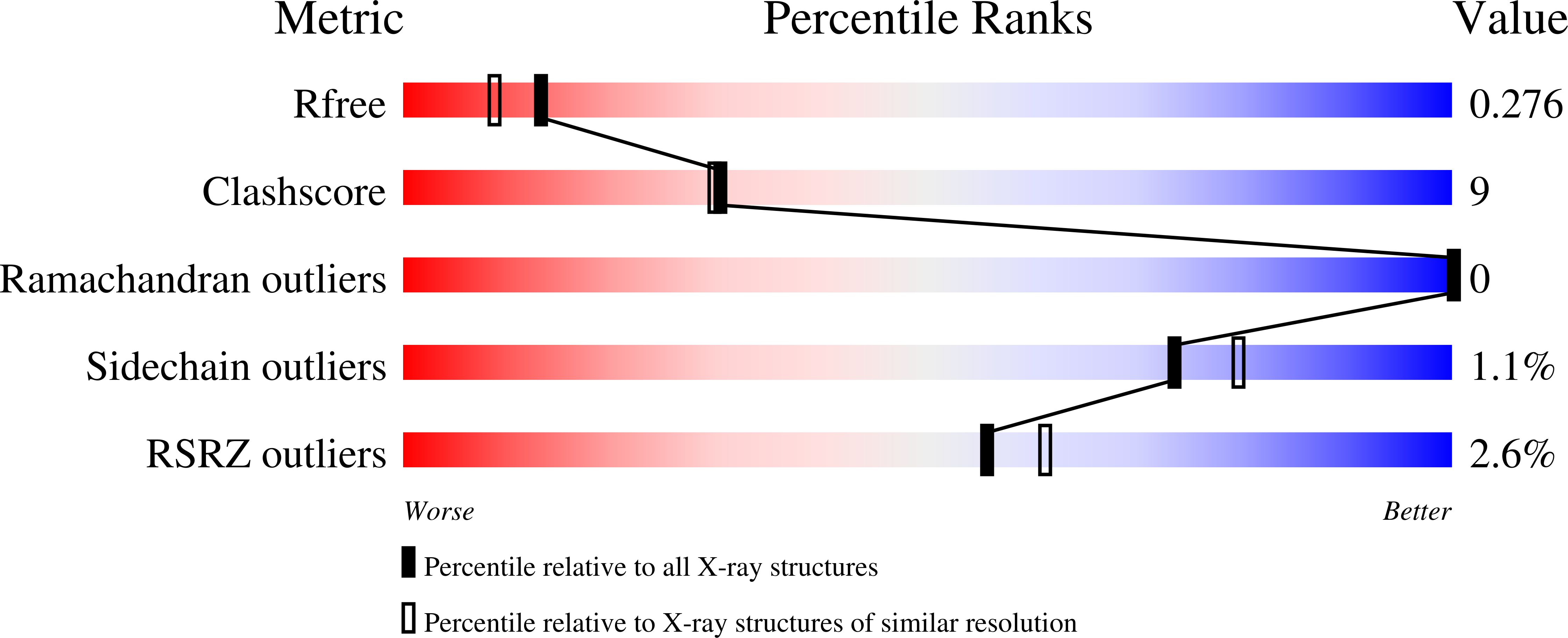Designed protein tetramer zipped together with a hydrophobic Alzheimer homology: a structural clue to amyloid assembly.
Otzen, D.E., Kristensen, O., Oliveberg, M.(2000) Proc Natl Acad Sci U S A 97: 9907-9912
- PubMed: 10944185
- DOI: https://doi.org/10.1073/pnas.160086297
- Primary Citation of Related Structures:
1CQM, 1CQN, 1QJH - PubMed Abstract:
Limited solubility and precipitation of amyloidogenic sequences such as the Alzheimer peptide (beta-AP) are major obstacles to a molecular understanding of protein fibrillation and deposition processes. Here we have circumvented the solubility problem by stepwise engineering a beta-AP homology into a soluble scaffold, the monomeric protein S6. The S6 construct with the highest beta-AP homology crystallizes as a tetramer that is linked by the beta-AP residues forming intermolecular antiparallel beta-sheets. This construct also shows increased coil aggregation during refolding, and a 14-mer peptide encompassing the engineered sequence forms fibrils. Mutational analysis shows that intermolecular association is linked to the overall hydrophobicity of the sticky sequence and implies the existence of "structural gatekeepers" in the wild-type protein, that is, charged side chains that prevent aggregation by interrupting contiguous stretches of hydrophobic residues in the primary sequence.
Organizational Affiliation:
Department of Biochemistry, Umeâ University, S-901 87 Umeâ, Sweden.














